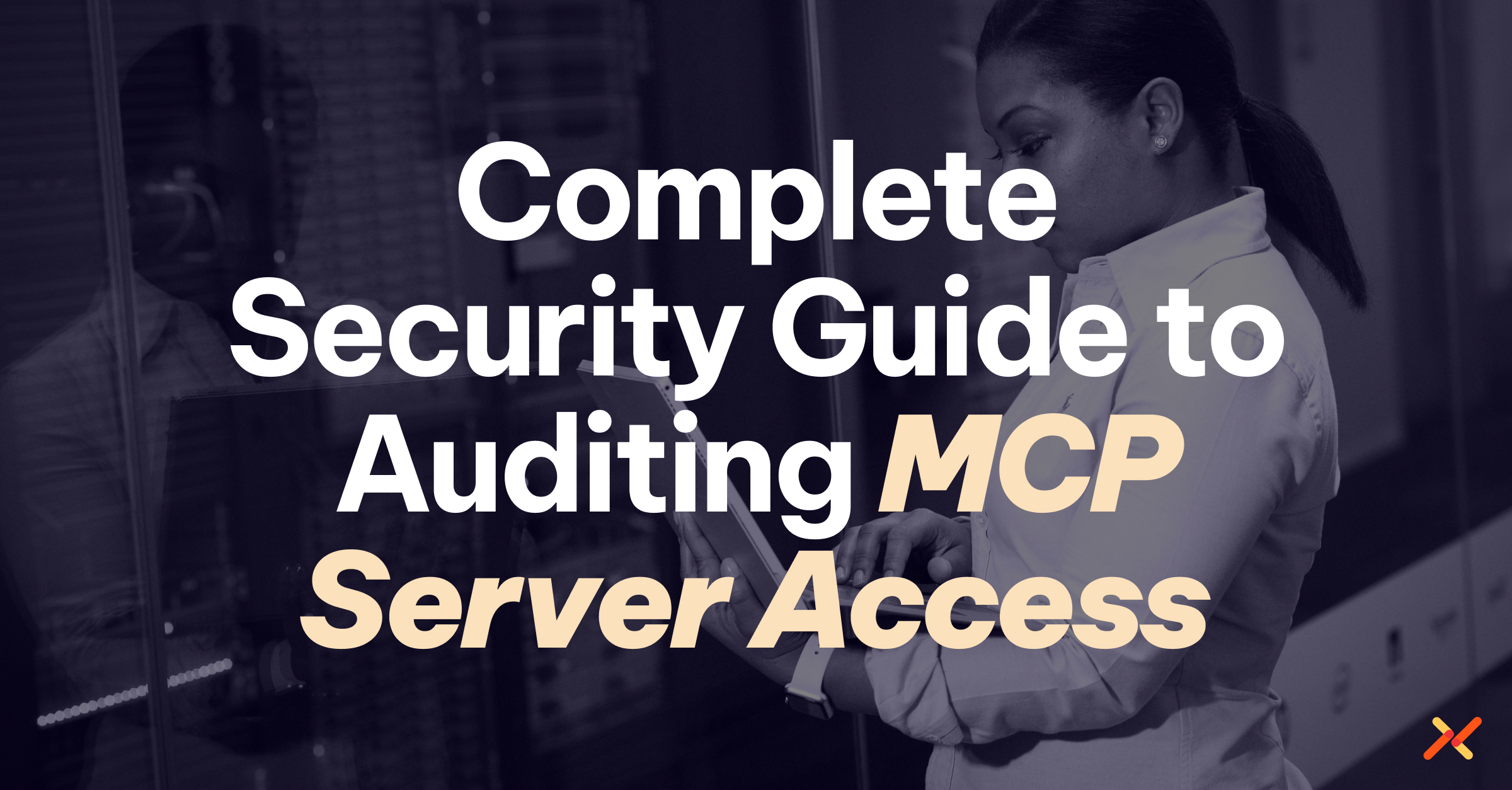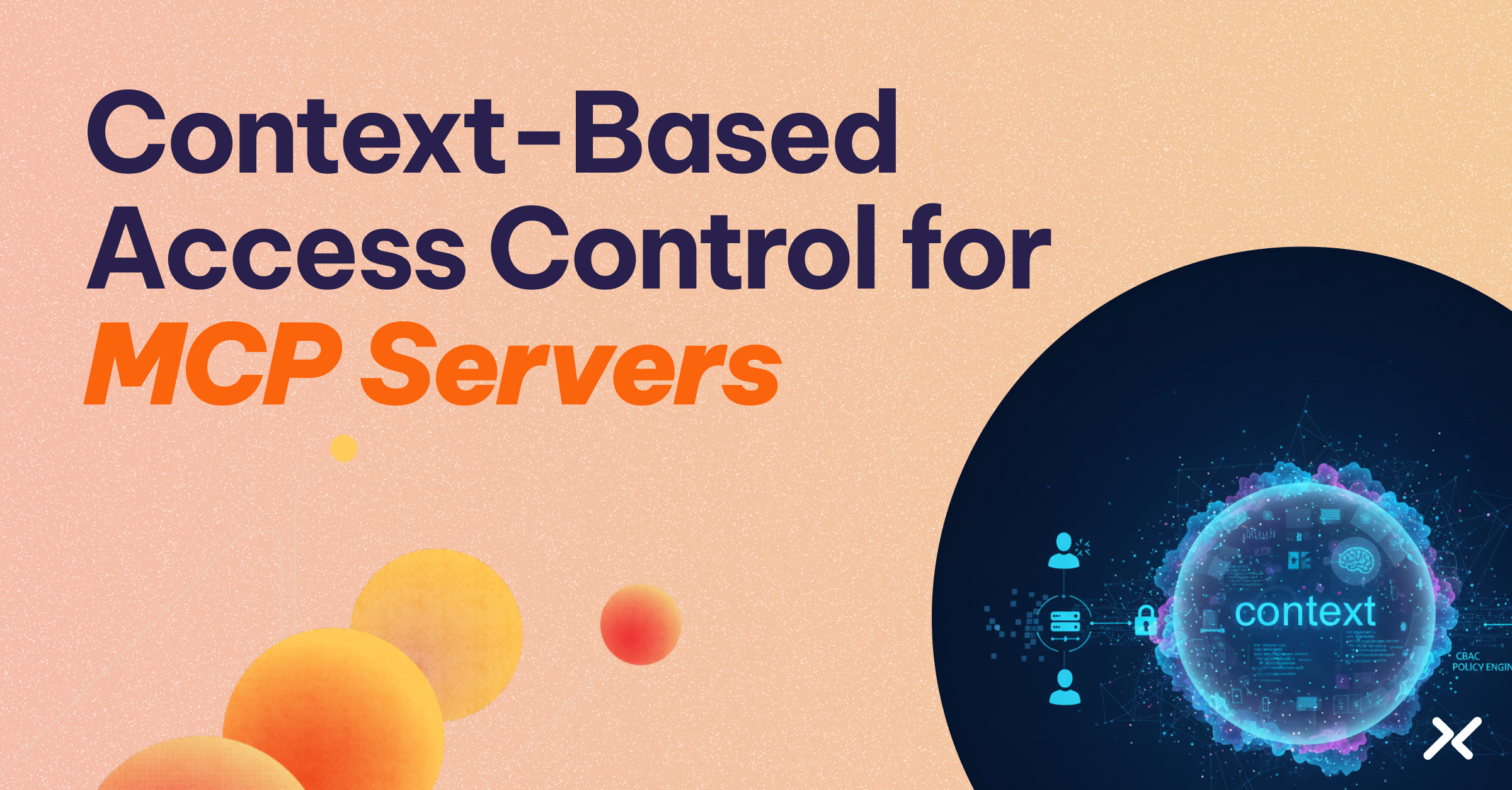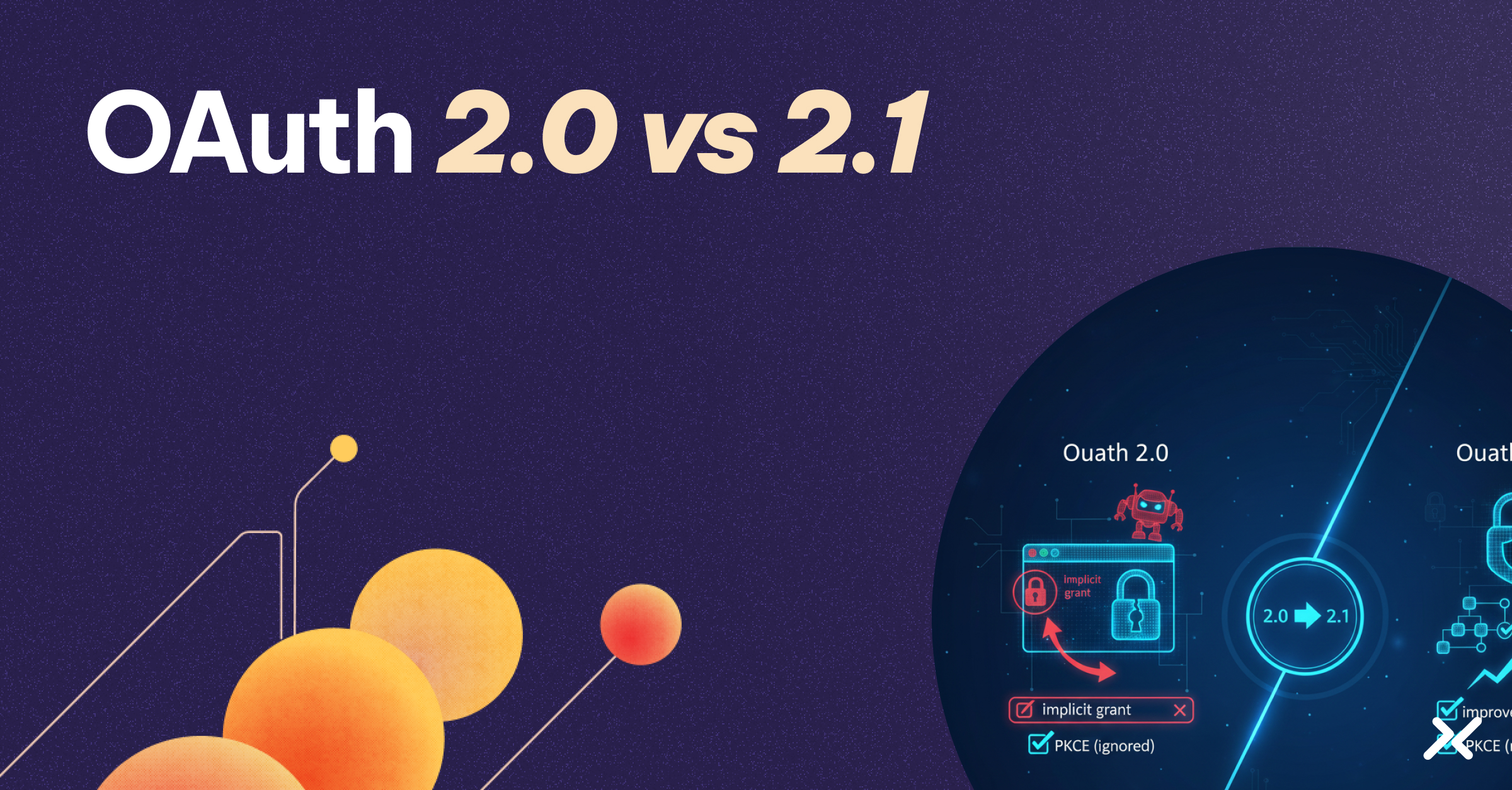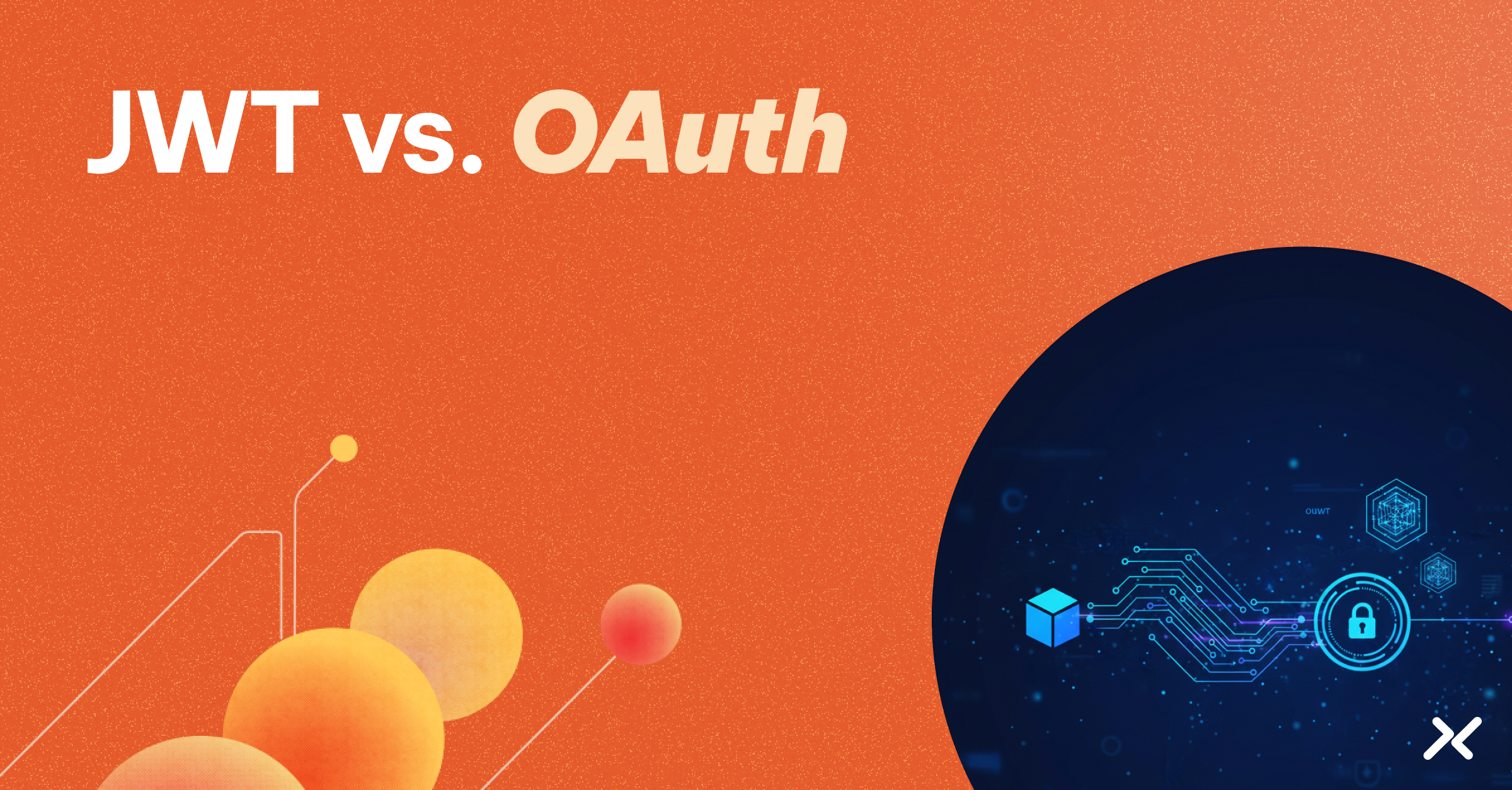The Model Context Protocol (MCP) acts as the bridge that allows AI agents to exchange sensitive data, call critical APIs, and interact with proprietary tools. This highly dynamic, machine-to-machine exchange of context, the actual data payload, user intent, and environmental factors, is precisely what delivers business value, but it also represents a significant expansion of the security perimeter.
In this environment, agents and servers are constantly exchanging sensitive contexts across multiple tools and APIs, making it impossible to rely on traditional, human-centric logging methods. Without robust and context-aware auditability, organizations are blind to misuse and compromise. It becomes impossible to know precisely which agent accessed what resource, when, and under what specific context (e.g., in response to which user prompt or task).
A strong auditing framework for MCP is non-negotiable for operationalizing AI safely. It serves three vital functions: providing irrefutable compliance evidence (for standards like SOC 2, ISO 27001, and GDPR); ensuring forensic visibility to trace the complete chain of events after an incident; and offering assurance for stakeholders that AI automation is both accountable and safe. You can’t secure what you can’t see—and in MCP, that visibility starts with auditing.
Benefits of Comprehensive Auditing for MCP Server Access and Usage
Comprehensive auditing provides three outcomes:
- Compliance evidence: It gives you the proof you need for frameworks like SOC 2, ISO 27001, and GDPR, showing that your access controls are working as they should.
- Forensic visibility: After a security incident, it helps your team reconstruct attack paths and identify compromised identities.
- Stakeholder confidence: It demonstrates accountability and control at scale, building trust in your MCP deployments.
Without these capabilities, MCP is an unmanaged risk, not a strategic advantage.
The Unique Audit Challenge in MCP
MCP introduces auditing complexities that traditional API logging simply can’t handle. Here are the fundamental challenges that change how you need to approach your audit trails:
Dynamic Contexts Require Deeper Inspection
Dynamic contexts change with every interaction. An agent might request customer support history in one context, financial records in another, and research data in a third, all within seconds.
Traditional audit systems just see three API calls. But MCP auditing needs to capture three distinct authorization decisions based on different context payloads.
Non-Human Identities Break Traditional Attribution
Non-human identities create major attribution challenges. When a GitHub Actions workflow triggers an AI agent that calls an MCP server to access a Snowflake database, traditional logs show disconnected events.
MCP auditing must link these interactions through workload identity, preserving the chain of trust from the initial trigger to the final data access.
Multi-Party Workflows Complicate Visibility
The problem gets even more complex with multi-party workflows. Context flows across agents, servers, and tools, with each component making its own access decisions. Trying to reconstruct this workflow from fragmented logs is impossible without a centralized view of the entire context chain.
Ephemeral Workloads Demand Real-Time Capture
Ephemeral workloads amplify these challenges. Serverless functions and container-based agents spin up, process contexts, and vanish in seconds.
By the time you investigate suspicious activity, the workload is gone. Audit systems have to capture identity, context, and authorization decisions in real time, before the infrastructure disappears.
MCP auditing must account for identity, context, and resource together. If you only log one dimension, you’re leaving a critical blind spot that attackers will exploit.
What to Capture in MCP Audit Trails
For effective MCP auditing, you need to capture 6 essential data points for every interaction.
Identity of the requester: Establishes accountability through cryptographic attestation rather than static credentials. This prevents session ID exposure where attackers hijack legitimate identities to mask malicious activity.
Resource accessed: This defines the scope of the interaction. It’s not enough to know an agent accessed “the customer database.” Your audit logs need to specify which tables, query types, and sensitivity levels were accessed.
Context payload metadata: You need to balance visibility with privacy. Capture metadata like payload size and data classification tags. This helps you spot anomalous contexts like an agent requesting way more data than usual without storing sensitive information.
Time and environment data: This tells you when and where the requests happened. Precise timestamps help you reconstruct attack timelines, and environment details like cloud region or security posture can help you identify suspicious patterns.
Authorization decisions: This is where you preserve the “why.” Your logs should record which policy evaluated the request, what conditions were checked, and what context factors influenced the decision. This transforms your audit logs from passive records into actionable intelligence.
Outcome status: Enables real-time monitoring through success, failure, or anomaly flags. Patterns of authorization failures from a single agent could suggest a compromised credential, while a sudden spike in successful access to sensitive contexts could signal a potential data exfiltration attempt.
Best Practices for MCP Auditing
Understanding MCP’s audit challenges is just the first step. Implement specific practices to address dynamic contexts, ephemeral workloads, and non-human identities:
Centralize Logs Across All Systems
Centralizing logs across all your MCP servers and tools gives you a unified view of distributed workflows. When audit data is fragmented, you can’t correlate events or reconstruct attack paths.
Centralized logging lets you search all MCP interactions from a single interface, which dramatically cuts down on investigation time.
Ensure Integrity Through Tamper-Resistant Storage
Cryptographic hashing and immutable storage prevent attackers from erasing their tracks by modifying or deleting logs. This is critical during investigations and audits, because the integrity of your logs determines whether your evidence holds up.
Tag Sensitive Contexts for Extra Scrutiny
Not all MCP interactions carry equal risk. An agent accessing public documentation needs different monitoring than one processing financial records.
Automated tagging based on data classification lets you focus your investigations where they matter most, helping you detect potential attacks while preventing alert fatigue.
Minimize Sensitive Logging
Compliance frameworks like GDPR impose strict requirements and have strict rules about logging personal data. You need to capture enough metadata to enable investigations without creating new privacy violations.
When full context logging is necessary, you should implement automated redaction to protect sensitive information.
Enable Real-Time Monitoring
Don’t wait for quarterly compliance reviews. Forward your audit logs to SIEM and SOAR pipelines in real time. Examining audit data months after a breach means you’ve missed your chance to prevent damage.
Real-time log forwarding allows you to get immediate alerts on suspicious patterns, so you can investigate and remediate before attackers achieve their objectives.
Test Forensic Readiness
The worst time to discover gaps in audit coverage is during a real security incident. Regular tabletop exercises that walk through hypothetical compromises can reveal whether your logs have enough detail to reconstruct attack timelines and identify affected data.
Parallels with Traditional Auditing and Key Differences
MCP auditing shares some foundational principles with traditional API logging — after all, both track access timing, resource targets, and outcomes. You still need answers to who, what, when, and why, whether it’s a human or a workload making the request.
However, the differences fundamentally change how you approach auditing.
| Dimension | Traditional Approach | MCP Approach |
| What’s logged | API calls and endpoints | Identity, context, resource, and policy decisions |
| When it’s logged | Batch processing (scheduled runs) | Real-time, synchronous capture |
| Identity tracking | User accounts or static keys | Cryptographically verified workload identities |
| Best for | Stable, user-driven interactions | Dynamic, context-aware, ephemeral workloads |
Context-awareness moves beyond just knowing “what resource was touched.” It’s about knowing “what context was passed and how did it influence authorization.”
For example, traditional API logs might show a CI/CD pipeline accessed AWS Secrets Manager. But an MCP audit trail reveals that a GitHub Actions workflow passed an attestation context, which triggered a policy that evaluated the workflow’s security posture before granting time-limited credentials.
Workload identity replaces human users as the primary audit subject. A traditional system might tell you that “Bob from accounting” accessed the payroll system.
MCP auditing tracks that a customer service agent in EKS cluster prod-us-east authenticated via workload identity federation, passed a customer context validated by CrowdStrike, and received a scoped token for Salesforce API access.
This level of granularity is essential for investigating suspicious activity and proving least-privilege compliance.
Finally, ephemeral interactions require near-real-time logging that traditional batch-based systems can’t provide. Scheduled log aggregation fails when workloads exist for just a few seconds.
MCP auditing captures attestation, context evaluation, and authorization outcomes synchronously with each request.
How Aembit Streamlines MCP Auditing and Compliance
Aembit transforms MCP auditing from fragmented manual effort into structured, automated control through these features:
- Centralized logging: Provides unified audit trails across agents, servers, and tools, eliminating visibility gaps in distributed MCP deployments. Security teams can reconstruct complete interaction chains from a single interface.
- Workload-to-resource visibility: Captures the cryptographically verified workload identity, specific resource accessed, relevant context metadata, and governing policy for every audit event. Teams can answer detailed authorization questions during investigations without manual log correlation.
- Policy decision logging: Logs which policy allowed or denied each interaction, recording the policy evaluated, conditions checked, and context factors considered. When investigating potential data exposure, understanding why access was granted matters as much as knowing it occurred.
- Tamper-resistant storage: Aembit’s immutable audit storage provides compliance assurance for SOC 2, ISO 27001, and GDPR audits.
- Compliance alignment: Delivers comprehensive audit trails that show identity verification, context evaluation, policy enforcement, and outcome logging. This structured evidence streamlines regulatory reporting that otherwise requires manual log aggregation and analysis.
Aembit eliminates the operational complexity of MCP auditing while improving security visibility and compliance posture. Organizations gain comprehensive audit trails without building custom logging infrastructure or managing fragmented audit data across multiple systems.
Auditing as the Backbone of MCP Trust
Comprehensive auditing establishes the foundation for secure MCP deployments.
Organizations that implement robust audit trails gain the compliance evidence, forensic capabilities, and operational confidence required to manage AI agents and context-aware systems at enterprise scale.
The dynamic, context-aware nature of MCP makes this visibility gap particularly dangerous—attackers exploit the complexity of multi-party workflows and ephemeral infrastructure to hide malicious activity.
With Aembit‘s centralized logging and workload-to-resource visibility, enterprises gain the trust, evidence, and accountability needed to secure MCP at scale.




